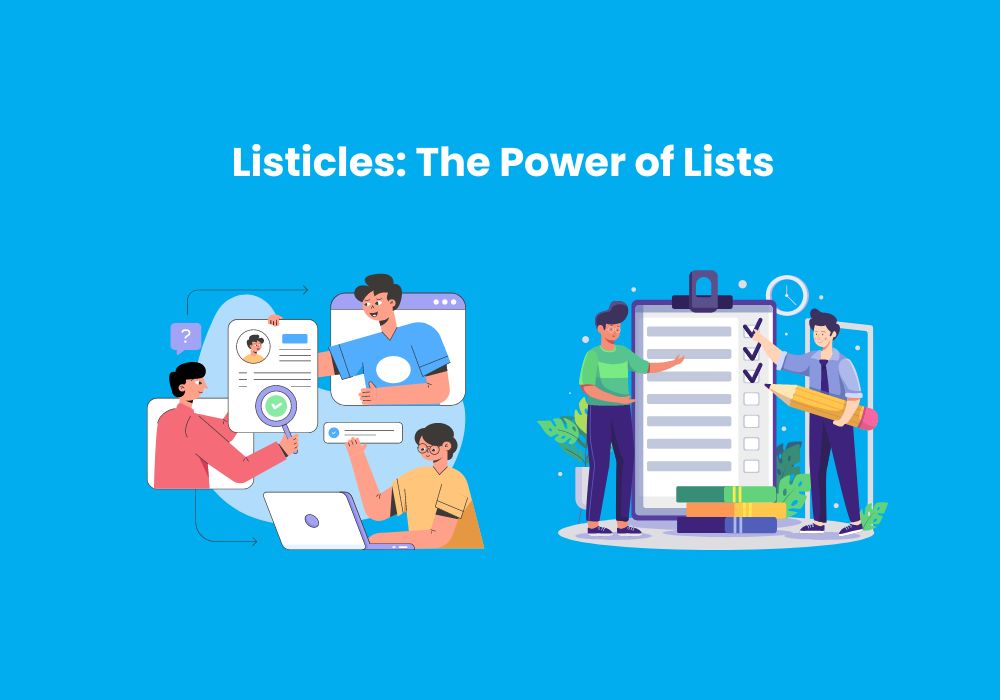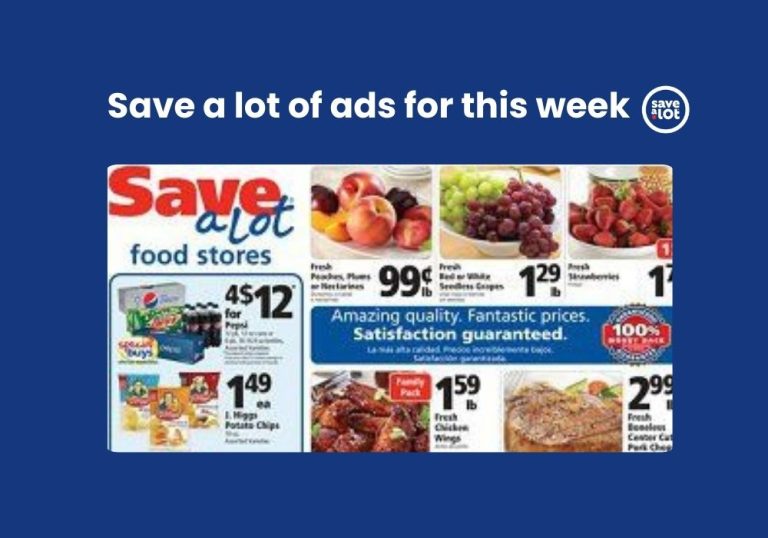Creative Blog Post Examples to Inspire Your Content
In the world of blogging, creativity is the fuel that drives engagement. Discover inspiring creative blog post examples to boost your content strategy. Explore unique ideas and formats to engage your audience and enhance your blog’s impact. Whether you’re writing about tech, travel, or lifestyle, standing out in a sea of content requires a unique touch. If you’re struggling to find inspiration for your next blog post, you’re in the right place. This article will explore creative blog post examples that can inspire your content and captivate your readers.
Invest in eye-catching thumbnails to boost engagement. Before reading this blog post, check out our previous post The Perfect Thumbnail Size for Every Platform 2024.
Creative Blog Post Examples
We’ll explore some standout creative blog post examples and provide tips on using these ideas to inspire your content.
Listicles: The Power of Lists

Listicles are popular for a reason—they’re easy to read, digest, and share. This format allows you to organize information in a way that’s accessible and engaging. Whether it’s “10 Tips for Better Sleep” or “7 Must-Have Tools for Bloggers,” listicles provide value by breaking down complex topics into manageable pieces.
Example:
- Title: “5 Books That Will Change Your Life in 2024”
- Content: A curated list of transformative books with brief descriptions and personal insights on how they can impact the reader’s life.
Why it works:
Listicles cater to our natural inclination to scan and absorb information quickly. They also promise a clear takeaway, making them highly shareable on social media.
How-To Guides: Step-by-Step Instructions
How-to guides are a staple in the blogging world, offering readers practical advice on accomplishing specific tasks. These posts are detailed and actionable, guiding readers through each step with clarity.
Example:
- Title: “How to Start a Successful Blog in 30 Days”
- Content: A comprehensive guide that walks beginners through the process of setting up a blog, choosing a niche, writing content, and promoting it.
Why it works:
How-to guides provide value by solving a problem or teaching a new skill. They position the author as an expert, which can help build trust and credibility with the audience.
Personal Stories: Connect with Your Audience

Sharing personal stories allows you to connect with your audience on a deeper level. These posts often involve anecdotes, challenges, and lessons learned, making them relatable and memorable.
Example:
- Title: “My Journey from Corporate Life to Freelance Success”
- Content: A narrative that details the author’s transition from a 9-to-5 job to becoming a successful freelancer, highlighting the struggles and triumphs along the way.
Why it works:
Personal stories humanize your brand and create emotional connections. Readers are more likely to engage with content that resonates with their own experiences.
Infographics: Visual Storytelling
Infographics combine visuals with concise text to convey information in an engaging and easy-to-understand format. They are particularly effective for presenting data, statistics, and complex concepts.
Example:
- Title: “The Ultimate Guide to Content Marketing [Infographic]”
- Content: A visually appealing infographic that breaks down the key elements of content marketing, from strategy to execution.
Why it works:
Infographics are highly shareable and can quickly convey complex information. They appeal to visual learners and can drive more traffic to your blog when shared on social media.
Interviews: Insights from Industry Experts

Interviews with industry experts or influencers provide valuable insights and perspectives that your audience may not find elsewhere. These posts can also increase your blog’s credibility and reach.
Example:
- Title: “An Interview with [Expert’s Name]: The Future of Digital Marketing”
- Content: A Q&A format where an industry expert shares their thoughts on current trends, challenges, and predictions for the future.
Why it works:
Interviews position your blog as a source of expert knowledge, attract new readers, and foster relationships with influential figures in your niche.
Case Studies: Real-Life Successes
Case studies showcase real-life examples of how a product, service, or strategy worked for a particular person or company. They are effective in demonstrating value and proving the effectiveness of your offerings.
Example:
- Title: “How [Company Name] Increased Their Sales by 50% Using [Your Product]”
- Content: A detailed analysis of the company’s challenges, the solutions implemented, and the measurable results achieved.
Why it works:
Case studies provide tangible proof of success, making them powerful tools for building trust and convincing potential customers to take action.
Opinion Pieces: Bold Takes on Current Issues

Opinion pieces allow you to share your thoughts and perspectives on industry trends, news, or controversial topics. These posts can spark discussion and encourage readers to engage with your content.
Example:
- Title: “Why AI Won’t Replace Human Creativity Anytime Soon”
- Content: A well-argued post that explores the limitations of AI in creative industries and emphasizes the irreplaceable value of human intuition.
Why it works:
Opinion pieces showcase your unique voice and can position you as a thought leader. They also encourage readers to comment and share their own opinions, boosting engagement.
Tutorials: In-Depth Educational Content
Tutorials are similar to how-to guides but often delve deeper into complex topics. They provide step-by-step instructions with additional context, making them ideal for educating your audience.
Example:
- Title: “A Beginner’s Guide to Creating Stunning Website Graphics”
- Content: A detailed tutorial on using graphic design tools to create visually appealing website graphics, complete with screenshots and tips.
Why it works:
Tutorials establish you as an authority in your field by providing valuable education. They’re particularly effective for niches where technical skills are required.
Product Reviews: Honest Evaluations

Product reviews offer your honest assessment of a product or service, helping your audience make informed decisions. These posts are particularly valuable for affiliate marketing.
Example:
- Title: “Review: The Best Project Management Tools for 2024”
- Content: An in-depth review of popular project management tools, comparing their features, pricing, and usability.
Why it works:
Product reviews build trust by providing unbiased evaluations. When done well, they can also generate affiliate income and drive conversions.
Roundup Posts: Curated Content Collections
Roundup posts compile the best content, tools, or resources from around the web, offering your readers a one-stop shop for valuable information.
Example:
- Title: “The Top 10 Content Marketing Blogs to Follow in 2024”
- Content: A curated list of the best content marketing blogs, with brief descriptions of what each offers and why they’re worth following.
Why it works:
Roundup posts provide value by saving your readers time and effort in finding the best resources. They also position you as a knowledgeable curator in your niche.
Tips for Writing Engaging Blog Posts
- Know your audience: Understanding who you’re writing for will help you tailor your content to their interests and needs.
- Hook your readers: Start with a strong introduction that grabs your readers’ attention and makes them want to keep reading.
- Use clear and concise language: Avoid jargon or overly complex terms that may confuse your readers.
- Break up your text: Use headings, subheadings, and bullet points to make your post easier to read and scan.
- Optimize for SEO: Use relevant keywords throughout your post to improve your search engine ranking.
- Proofread carefully: Errors and typos can detract from your credibility. Take the time to proofread your post carefully before publishing.
- Promote your post: Share your blog post on social media and other relevant platforms to reach a wider audience.
By experimenting with different types of blog posts and following these tips, you can create compelling content that resonates with your audience and helps you achieve your goals.
Conclusion
Creativity in blogging isn’t just about coming up with new ideas; it’s about presenting them in ways that engage, inform, and inspire your audience. By experimenting with these different types of blog posts, you can keep your content fresh and appealing. Whether you’re sharing personal stories, offering expert insights, or curating valuable resources, the key is to provide genuine value to your readers.
Remember, the best blog posts are those that resonate with your audience, so don’t be afraid to infuse your personality and unique perspective into your content. Happy blogging!







